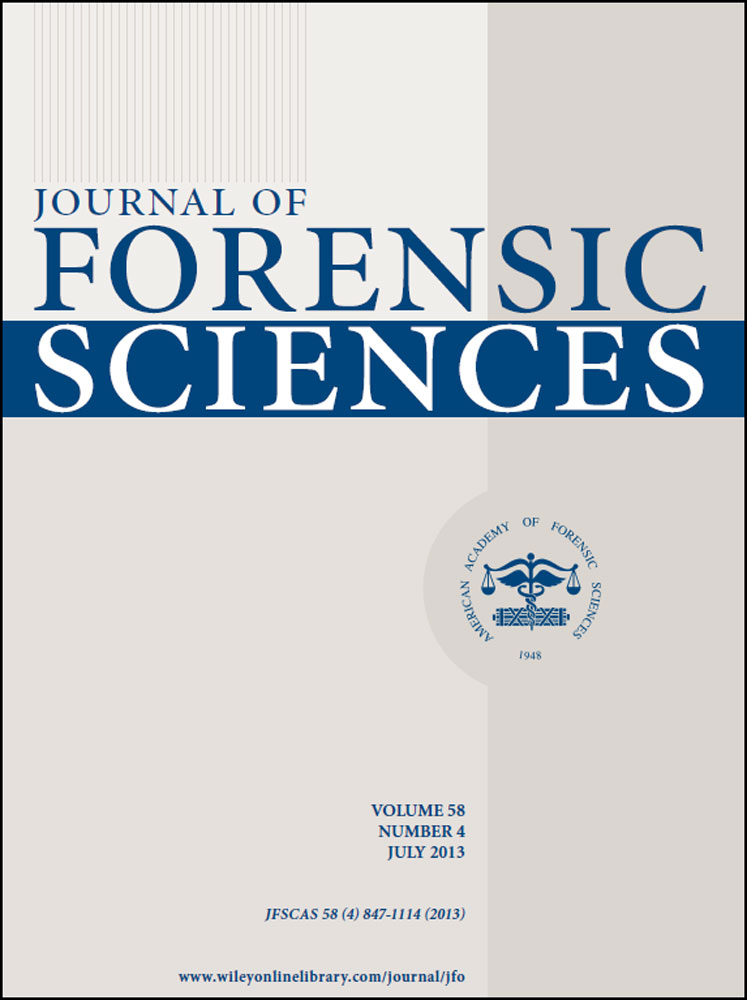Real-Time Detection of Concealed Chemical Hazards Under Ambient Light Conditions Using Raman Spectroscopy†
Abstract
Current concerns regarding terrorism and international crime highlight the need for new techniques for detecting unknown and hazardous substances. A novel Raman spectroscopy-based technique, spatially offset Raman spectroscopy (SORS), was recently devised for noninvasively probing the contents of diffusely scattering and opaque containers. Here, we demonstrate a modified portable SORS sensor for detecting concealed substances in-field under different background lighting conditions. Samples including explosive precursors, drugs, and an organophosphate insecticide (chemical warfare agent surrogate) were concealed inside diffusely scattering packaging including plastic, paper, and cloth. Measurements were carried out under incandescent and fluorescent light as well as under daylight to assess the suitability of the probe for different real-life conditions. In each case, it was possible to identify the substances against their reference Raman spectra in less than 1 min. The developed sensor has potential for rapid detection of concealed hazardous substances in airports, mail distribution centers, and customs checkpoints.




